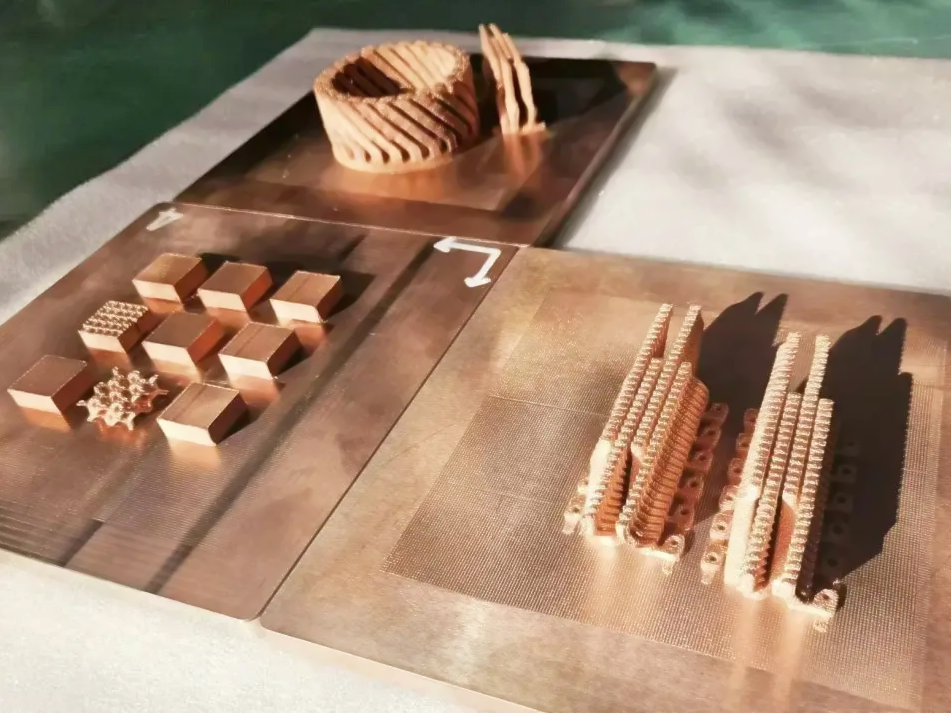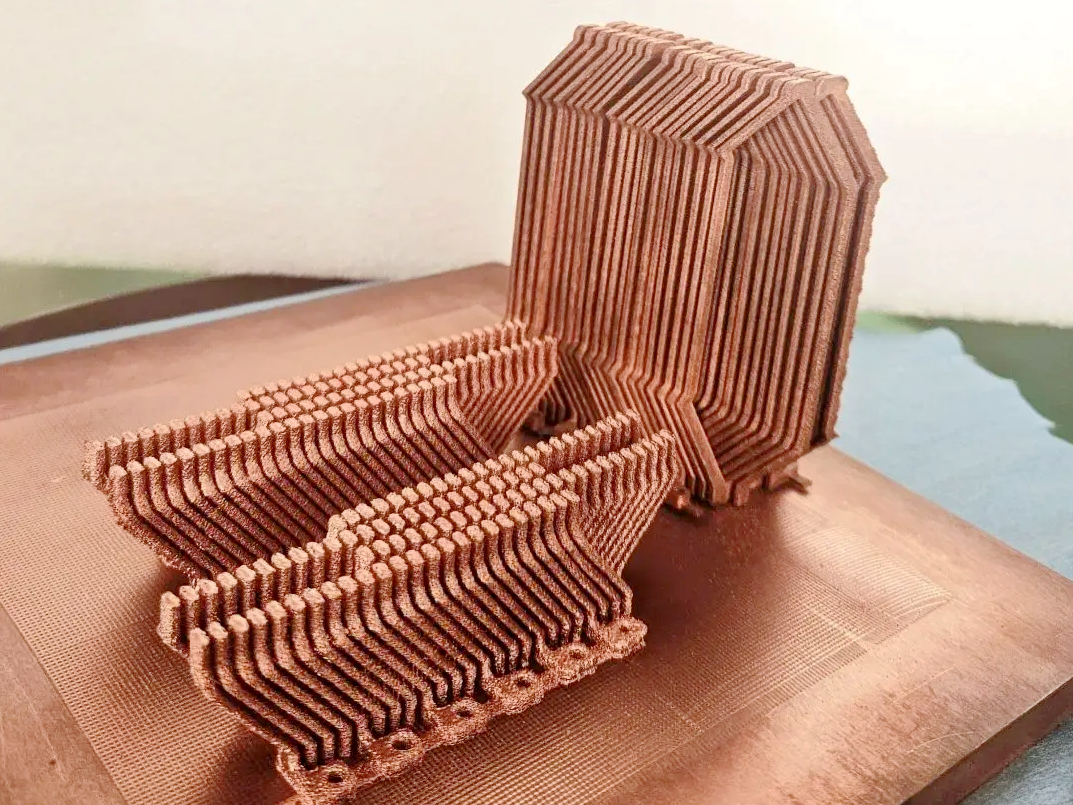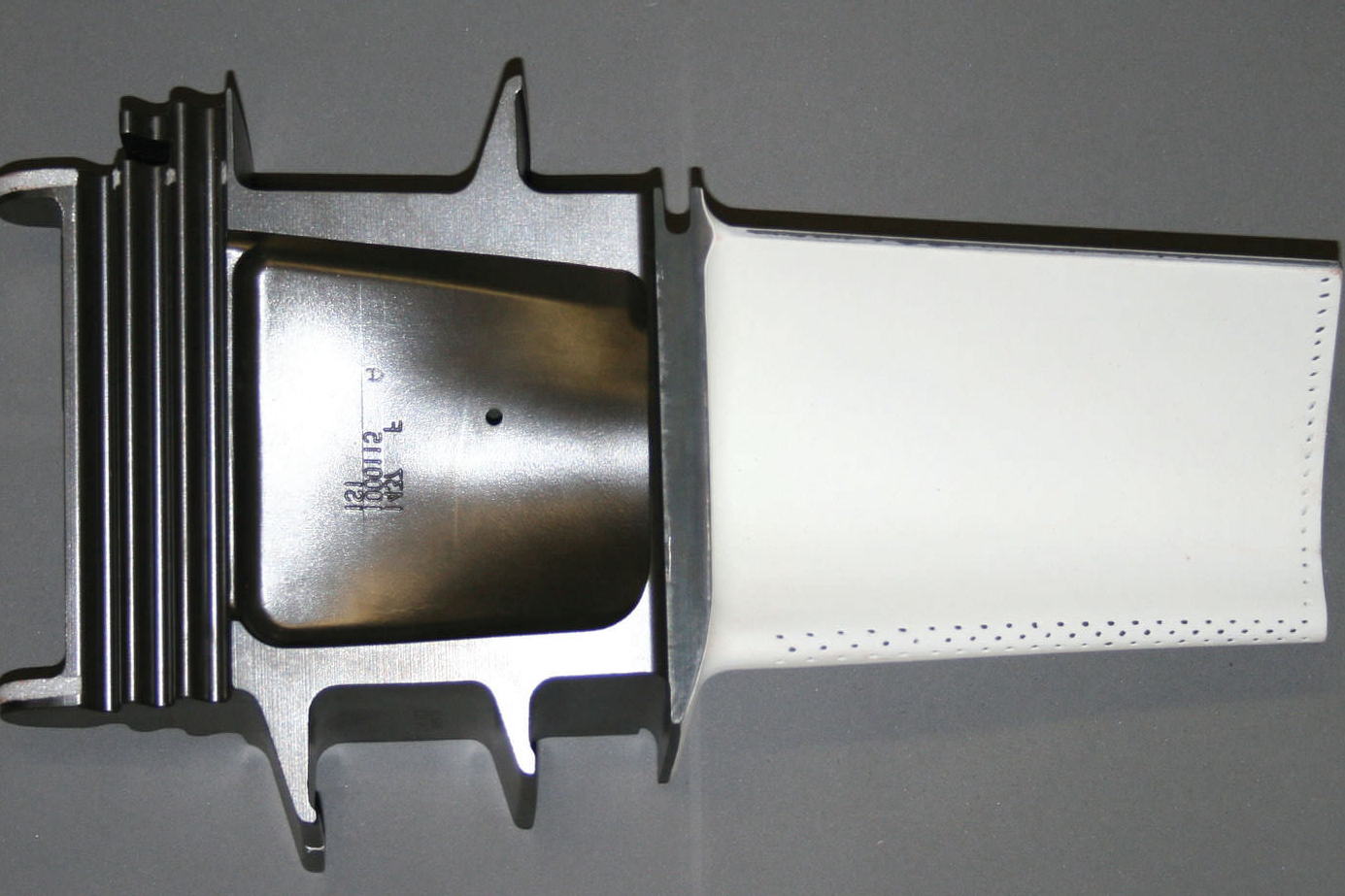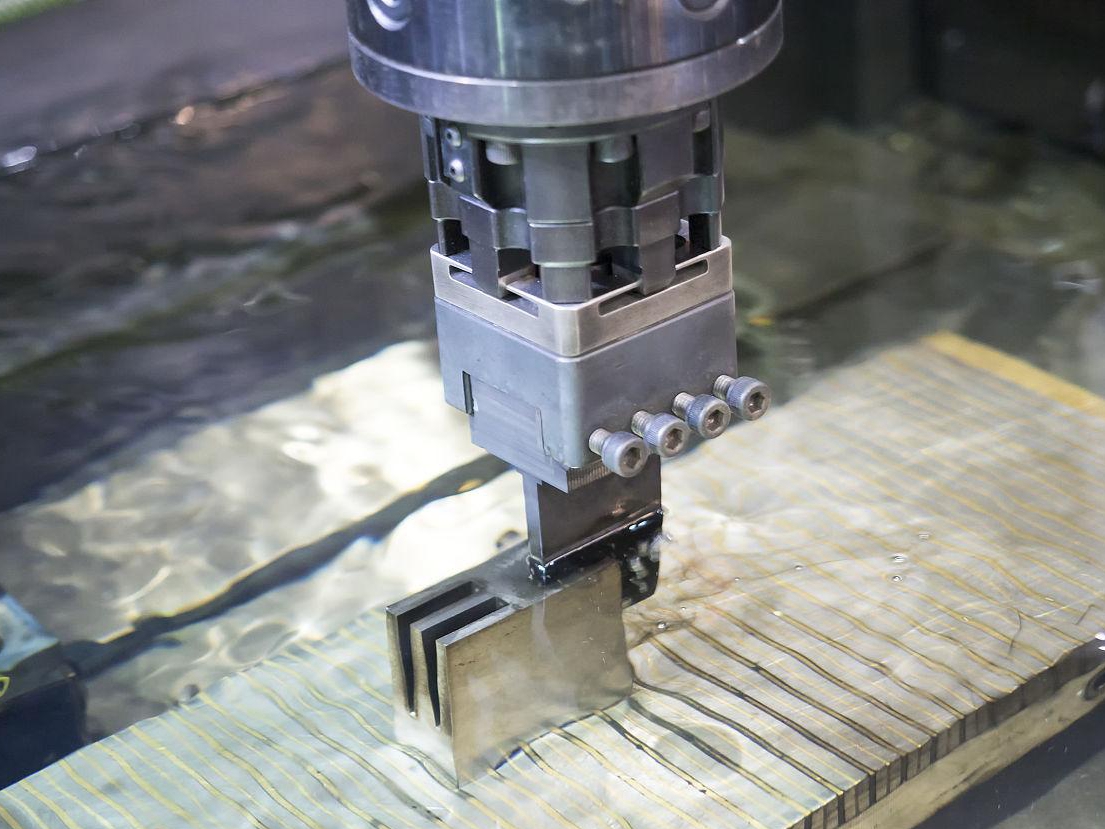Conductivity and Beyond: Tailoring Copper Parts with 3D Printing for Advanced Applications
 In the ever-evolving world of additive manufacturing, custom plastic 3D printing has become an invaluable tool for creating prototypes, functional parts, and end-use products. With its ability to produce intricate designs and complex geometries with high precision, plastic 3D printing is rapidly transforming industries ranging from aerospace to healthcare. Whether for rapid prototyping or small-scale production runs, custom plastic 3D printing offers flexibility and versatility like no other manufacturing method.
In the ever-evolving world of additive manufacturing, custom plastic 3D printing has become an invaluable tool for creating prototypes, functional parts, and end-use products. With its ability to produce intricate designs and complex geometries with high precision, plastic 3D printing is rapidly transforming industries ranging from aerospace to healthcare. Whether for rapid prototyping or small-scale production runs, custom plastic 3D printing offers flexibility and versatility like no other manufacturing method.
This blog explores the various plastic 3D printing technologies, the materials available, and how this transformative technology is being used across multiple industries to bring innovative ideas to life.
Plastic 3D Printing Technologies: A Gateway to Innovation
Plastic 3D printing encompasses several technologies, each with advantages depending on the project's specific requirements. Some of the most widely used 3D printing technologies for plastic parts include:
Fused Deposition Modeling (FDM): FDM is one of the most common 3D printing technologies, used to create parts by extruding heated filament through a nozzle. The filament is deposited layer by layer to form the part. This method is ideal for producing prototypes, tooling, and low-volume production runs. Industry standards recommend FDM for applications requiring PLA, ABS, and PETG. FDM is typically used for parts with tolerances of ±0.2 mm.
Stereolithography (SLA): SLA uses a UV laser to cure liquid resin layer-by-layer. This technology provides highly detailed and smooth parts with excellent resolution, making it suitable for jewelry, dental, and medical industries. SLA parts can achieve feature details as small as 50 microns (0.05 mm) in resolution.
Selective Laser Sintering (SLS): SLS utilizes a laser to sinter powdered plastic, fusing particles to form solid structures. The technology is known for producing strong, durable parts suitable for functional prototypes and low-volume production runs. SLS parts offer mechanical strength equivalent to injection-molded plastics and can achieve dimensional accuracy within ±0.1 mm.
Multi Jet Fusion (MJF): MJF uses a binding agent to fuse layers of nylon powder, enabling the rapid production of parts with excellent mechanical properties. MJF is often used in high-performance applications that require complex geometries. Industry standards show that MJF can produce parts with tensile strength exceeding 50 MPa (megapascals) and high isotropic properties.
Each of these technologies allows for creating highly accurate and functional plastic parts, offering a level of customization that is difficult to achieve with traditional manufacturing methods.
Types of Plastic Materials in 3D Printing
One of the major benefits of custom plastic 3D printing is the vast range of materials available, each offering unique characteristics tailored to specific applications. Below are some of the most commonly used plastic materials in 3D printing:
Material | Applications | Key Properties |
|---|---|---|
Prototyping, consumer products | Biodegradable, easy to print, low warping | |
Functional prototypes, automotive parts | High strength (tensile strength: 40-50 MPa), impact resistance, heat resistance up to 100°C | |
Functional parts, food packaging, medical devices | High strength (tensile strength: 50-70 MPa), chemical resistance, ease of printing | |
Wearable parts, automotive, robotics | Durability (tensile strength: 60-80 MPa), flexibility, abrasion resistance | |
Industrial parts, high-strength functional prototypes | High impact resistance (notched impact strength of 35-45 kJ/m²), heat resistance up to 120°C | |
Flexible parts, gaskets, seals, footwear | Elasticity (elongation at break: 400-700%), wear resistance, flexibility | |
Aerospace, automotive, industrial machinery | Heat resistance up to 250°C (482°F), strength under load | |
Dental products, crowns, bridges, surgical guides | Biocompatibility, high precision for dental applications |
Each material offers distinct benefits depending on the mechanical properties required for the part. Whether it’s for low-cost prototyping with PLA or high-strength, durable parts with Nylon or Polycarbonate, there’s a plastic material suited to every need.
Applications of Custom Plastic 3D Printing Across Industries
Plastic 3D printing has seen widespread adoption across various industries due to its ability to produce highly customized parts quickly and cost-effectively. Below are some key industries benefiting from custom plastic 3D printing:
Aerospace and Aviation: In the aerospace industry, plastic 3D printing produces functional prototypes, brackets, tools, and custom fixtures. The high strength-to-weight ratio of materials like Nylon and Polycarbonate makes them ideal for these applications.
Automotive: Plastic 3D printing is used in the automotive industry to produce prototype parts, custom tools, and even end-use vehicle parts. Common materials like ABS and PETG produce automotive components that require impact resistance and durability.
Healthcare: The healthcare sector benefits from custom plastic 3D printing by creating medical devices, prosthetics, orthotics, and surgical guides. Materials like PLA and high-temperature resins are ideal for producing precise, patient-specific parts.
Consumer Electronics: Plastic 3D printing is widely used in the consumer electronics industry for creating enclosures, functional prototypes, and parts for products like smartphones, wearables, and home appliances. ABS and Polycarbonate are commonly used for these applications due to their durability and heat resistance.
Fashion and Jewelry: Custom plastic 3D printing allows designers in the fashion and jewelry industries to create intricate designs. Using materials like SLA resins, designers can produce highly detailed jewelry prototypes that can later be cast into metal.
Education and Research: In educational settings, plastic 3D printing allows for creating custom educational models, research prototypes, and interactive teaching aids. PLA is a popular material due to its low cost and ease of use, making it ideal for classrooms and laboratory environments.
Benefits of Custom Plastic 3D Printing
Custom plastic 3D printing offers several advantages over traditional manufacturing methods:
Design Freedom: 3D printing creates complex geometries and designs that would be impossible to achieve with conventional manufacturing processes.
Rapid Prototyping: Designers and engineers can quickly iterate on designs, reducing the time required to bring new products to market.
Low-Volume Production: Plastic 3D printing is cost-effective for small production runs, allowing for the production of highly customized parts without the need for expensive tooling or molds.
Reduced Waste: Unlike traditional subtractive manufacturing methods, 3D printing only uses the material required to create the part, reducing material waste.
Why Choose Custom Plastic 3D Printing?
Custom plastic 3D printing provides unmatched flexibility, precision, and speed for industries that demand high-quality, customized components. Whether you're in the aerospace, automotive, healthcare, or consumer electronics industry, this technology enables the creation of functional prototypes, low-volume production runs, and highly specialized parts tailored to your specific needs. By choosing custom plastic 3D printing, you can unlock new possibilities in design, reduce time-to-market, and create innovative solutions that drive your business forward.
FAQs
What are the main types of plastic used in 3D printing?
How does FDM 3D printing differ from SLA and SLS?
What industries benefit most from custom plastic 3D printing?
What are the advantages of using plastic 3D printing for low-volume production?
How do plastic 3D printed parts compare to traditionally manufactured parts in terms of strength and durability?



